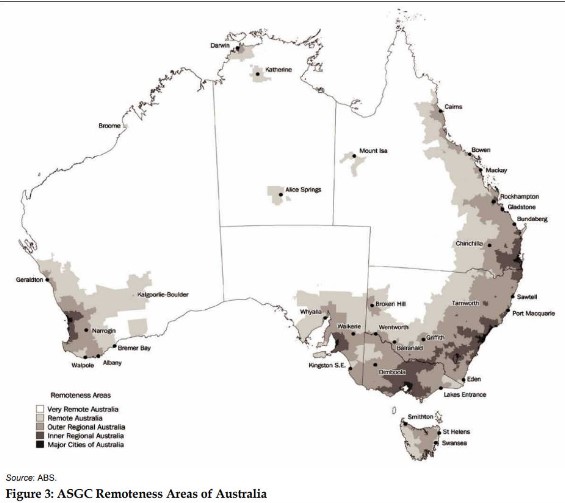Introduction
Every parent's nightmare is the thought of their newborn facing an essential emergency. Recognizing cardiopulmonary resuscitation (CPR) methods particularly customized for babies can be the difference between life and death in such scenarios. Yet, several parents are uninformed of the one-of-a-kind procedures involved in carrying out CPR on babies. This detailed guide intends to furnish every moms and dad with essential knowledge and skills concerning CPR on babies, diving right into special techniques that can save lives.
CPR on Newborns: Distinct Techniques Every Parent Ought To Know
Cardiopulmonary resuscitation (CPR) is a lifesaving technique made use of in emergencies when a person's breathing or heart beat has quit. While most individuals recognize with adult CPR, the techniques vary significantly when it involves babies. The delicate nature of a newborn requires certain methods that vary from those used on older youngsters and adults.
Understanding Newborn Makeup and Physiology
Before delving right into CPR strategies, it's vital to comprehend the anatomy and physiology of a newborn. Infants have smaller lungs, fragile ribs, and a different circulatory system than adults. Knowing these distinctions can aid moms and dads do CPR even more effectively.
The Significance of Air passage Management
Newborns' respiratory tracts are smaller and more prone to blockage; therefore, airway management is critical during an emergency situation. Parents need to learn just how to properly clear a respiratory tract to make certain efficient breathing restoration.

Recognizing When to Carry out CPR
One of the initial steps in any type of emergency is acknowledging when CPR is essential:
- Unresponsiveness: If your baby isn't reacting or moving. No Breathing: If your baby isn't breathing usually or at all. Abnormal Skin Color: A blue color around lips or face indicates absence of oxygen.
Initial Assessment: The DRSABCD Approach
The DRSABCD approach is crucial for examining any emergency scenario:
D - Danger: Ensure the atmosphere is safe. R - Response: Examine if the baby responds by carefully trembling them. S - Send for Help: Require emergency help if needed. A - Airway: Open the respiratory tract by turning the head back gently. B - Breathing: Look for indications of breathing. C - Compression: If no breathing is found, commence CPR. D - Defibrillation: Utilize an AED if available and qualified to do so.The Actions to Perform Baby CPR
Performing CPR on a newborn varies considerably from adults because of their dimension and delicacy:
1. Positioning
Lay the infant on their back on a firm surface.
2. Opening Airway
Gently tilt the head back slightly to open the air passage while ensuring not to exhaust it.
3. Check Breathing
Look for upper body motions and pay attention for breath appears for about 10 seconds.
4. Chest Compressions
Using two fingers placed simply below the nipple line, push down approximately 1/3 depth of their upper body (about 1-1.5 inches) at a rate of 100-120 compressions per minute.
5. Rescue Breaths
After every 30 compressions, provide two gentle rescue breaths:
- Seal your lips around their mouth and nose, Deliver each breath over one second while observing for upper body surge, Repeat up until you see signs of life or assistance arrives.
Common Errors Throughout Infant CPR
Even sympathetic efforts may fail because of common mistakes:
- Applying way too much pressure during compressions can create injury. Failing to ensure correct head tilt may obstruct airflow. Not requiring help early sufficient can delay critical care.
Mental Preparation for Emergencies
It's natural to really feel panic in emergency situations; nonetheless, mental preparation plays a critical function in successfully implementing first aid measures:
- Remain calmness; stressing prevents clear thinking. Practice mindfulness methods before entering parenthood.
FAQs Concerning CPR on Newborns
What should I do if my newborn stops breathing?
If your newborn quits breathing, rapidly examine their responsiveness, call for aid, check their respiratory tract, and start CPR as in-depth above.

How often must I take first aid courses?
It's suggested that moms and dads freshen their knowledge every two years by taking first aid courses or certain infant CPR training sessions.

Can I make use of an AED on an infant?
Generally talking, AEDs are not advised for infants under one year old unless particularly created for such usage; always adhere to producer's instructions.
Where can I find first aid training courses near me?
You can browse online utilizing terms like "first aid training course near me" or check local medical facilities or community centers that usually provide these classes regularly.
How long does a first aid accreditation last?
Typically, the majority of first aid accreditations remain legitimate for 3 years prior to needing renewal via refresher courses which include upgraded practices like DRSABCD protocols.
Is it necessary to discover mental health first aid as well?
Absolutely! Psychological health and wellness first aid furnishes moms and dads with abilities required not only in physical emergency situations however likewise in determining psychological distress among youngsters first aid training cpr and adolescents.
Conclusion
Understanding "CPR on Newborns: Unique Techniques Every Parent Must Know" isn't merely concerning acquiring technological abilities; it's about equipping yourself as a caretaker all set to face unforeseen challenges head-on. Whether with committed training programs like those provided by numerous companies or practicing hands-on techniques with member of the family throughout workshops-- every effort counts in the direction of developing confidence in your capability to respond properly during emergencies entailing your priceless newborns.
Incorporating this understanding right into your parenting toolkit childcare first aid training can imply conserving lives when it matters most. So why wait? Join today for courses such as "first aid training course," "cpr training," or specialized "baby first aid course" choices readily available nearby-- you never ever recognize when you could need them!